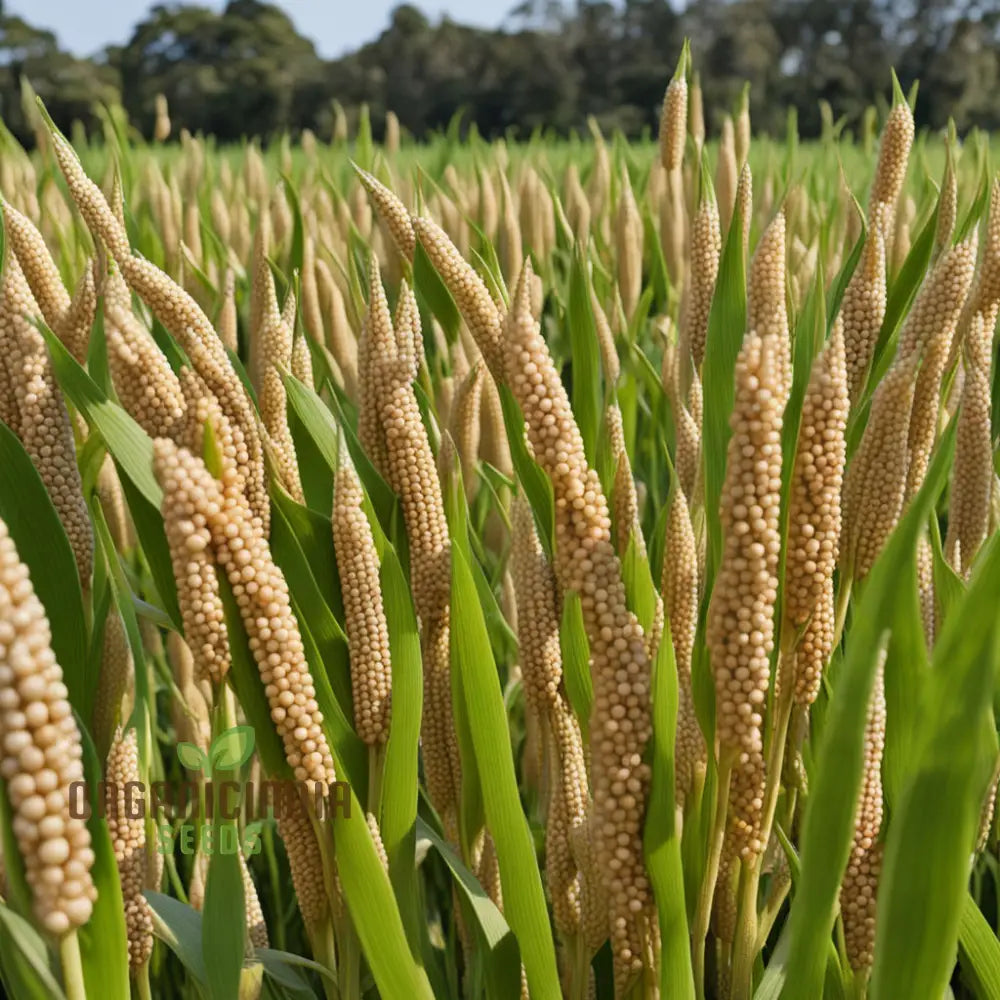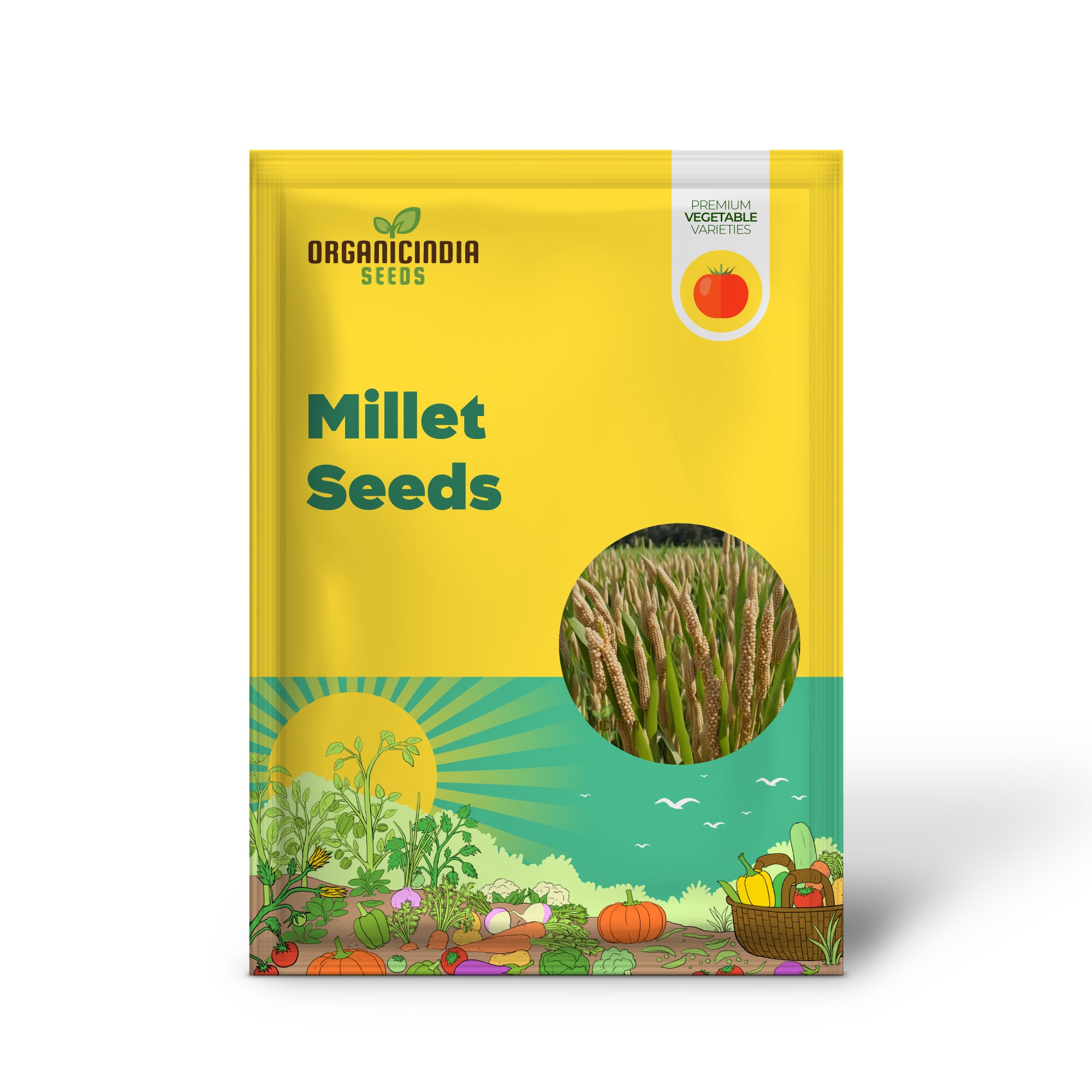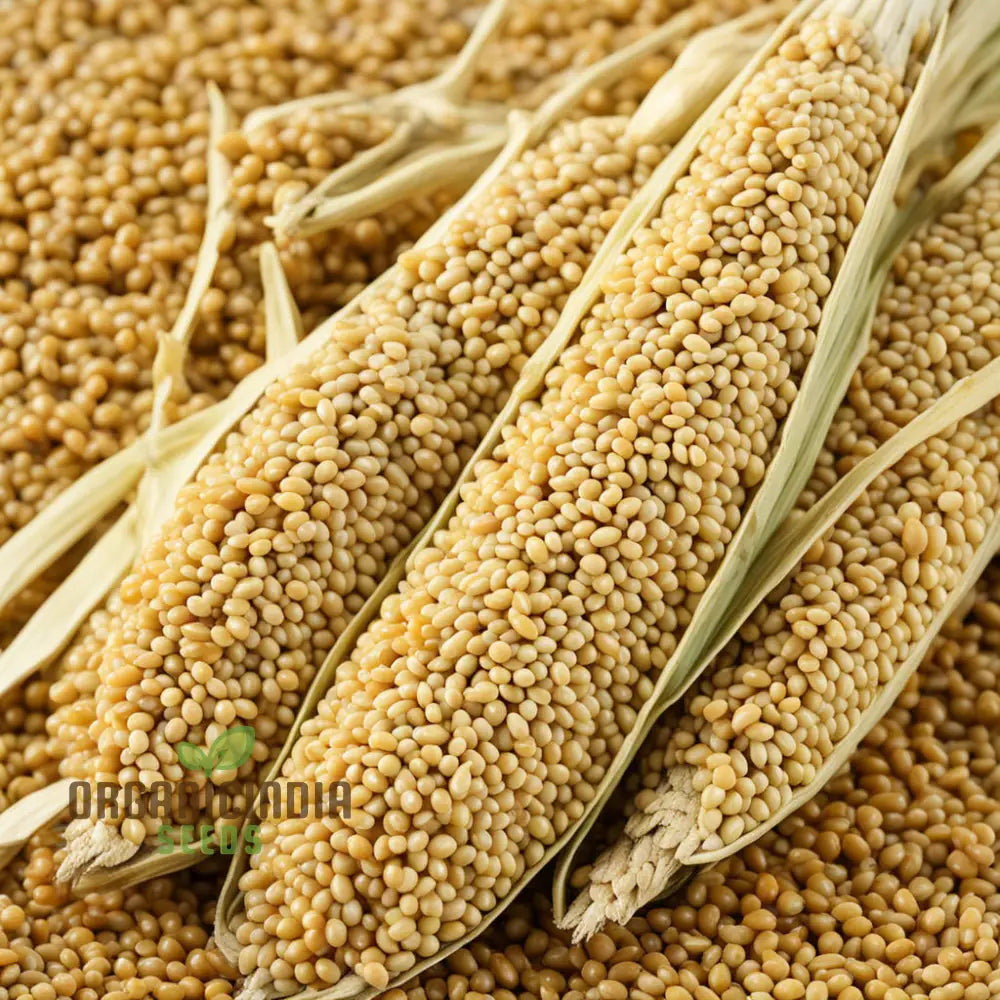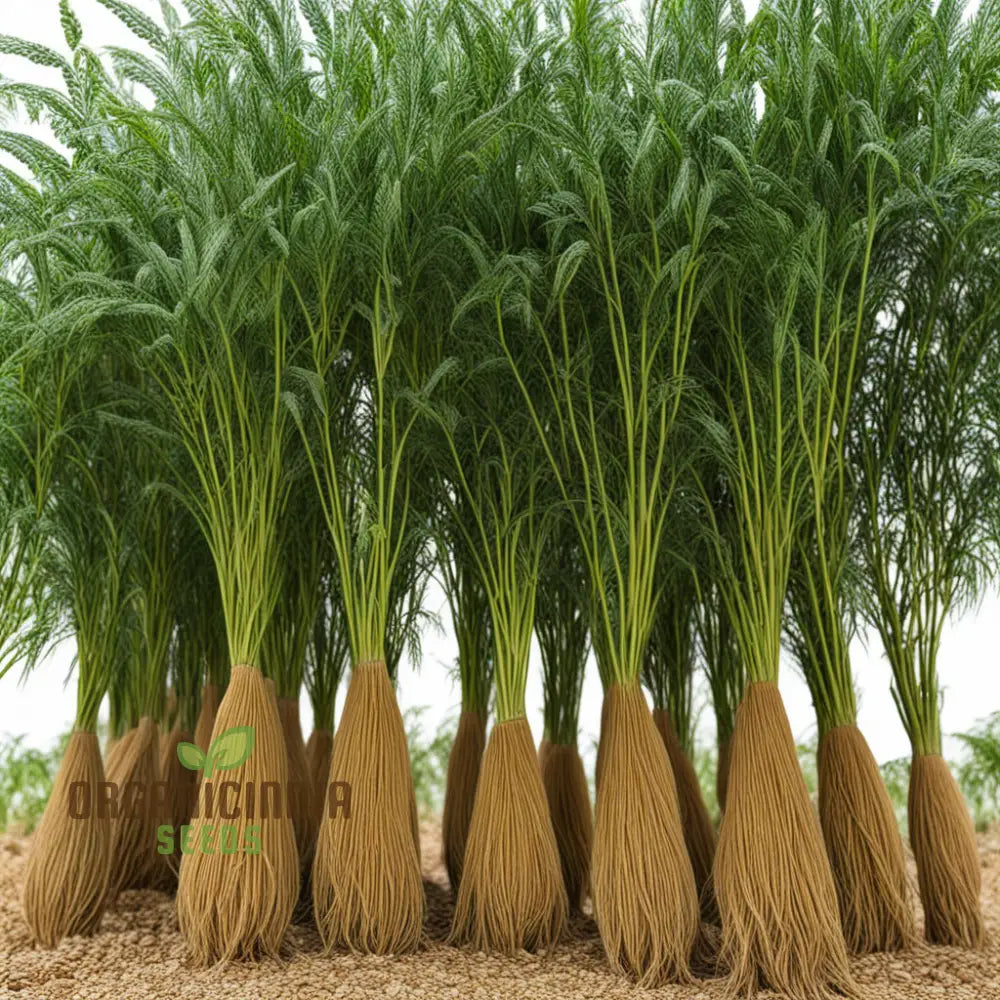





Free Shipping
Safe & Secure Payments
Japanese millet (Echinochloa esculenta) is a fast-growing, nutrient-dense grain cultivated for both human consumption and animal feed. It is valued for its resilience in wet conditions, making it ideal for diverse climates.
Direct Sowing (Recommended):
Choose options



